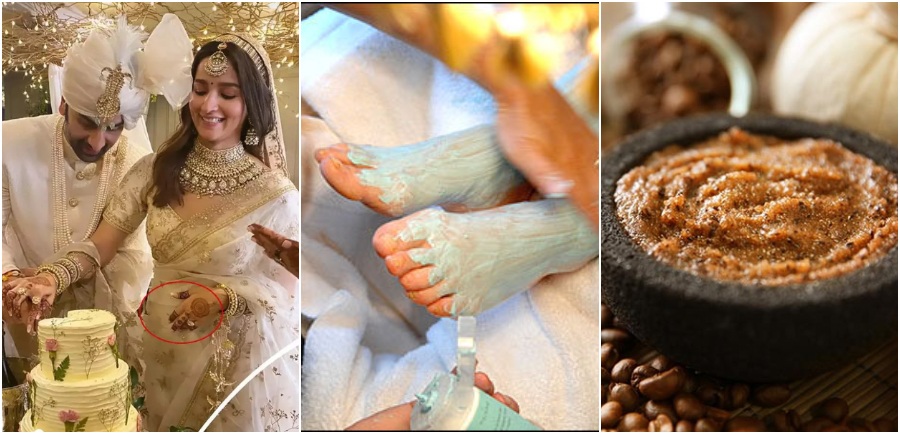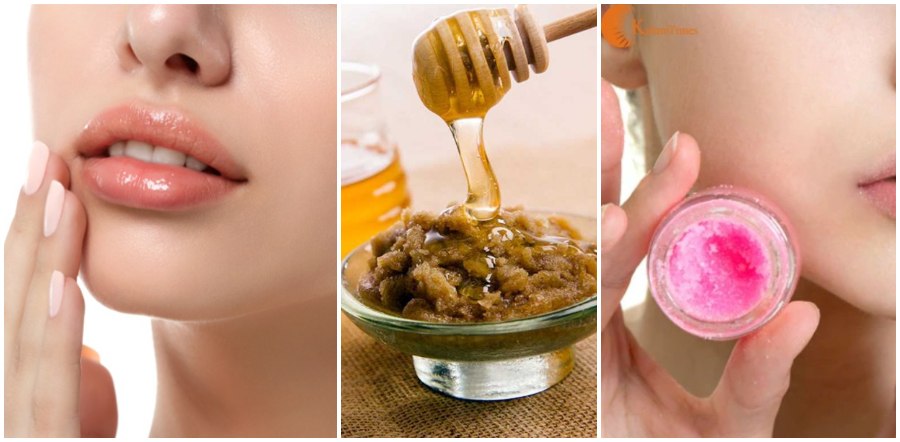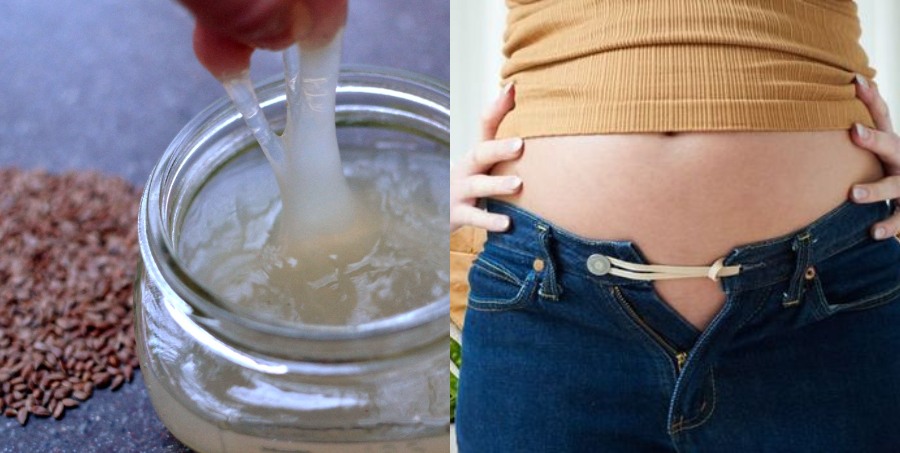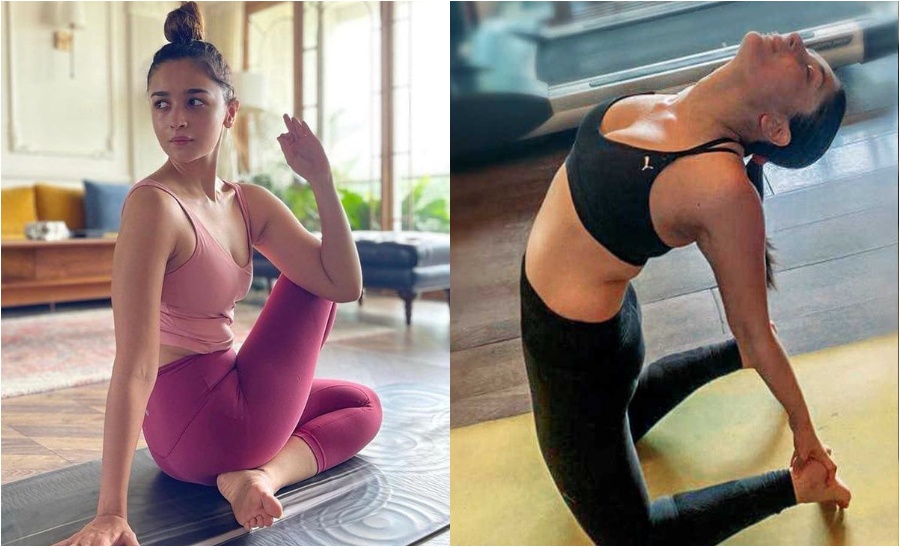Wrinkles, fine lines, crow’s feet – these are common signs of ageing that show up first on the face. Women usually have nightmares about fine lines and crow’s feet. To eliminate these common signs of ageing, people often use botox injections on the face. These injections are really effective in reversing the signs of ageing to give you a more youthful look. If you are still wondering about how botox injections work and on which areas can be injected with botox, this post will give you all insights. In this post, we will discuss on what areas of the face can botox be used on.

How Botox Works?
Botox comprises of three main ingredients: botulinum toxin type A, human albumin, and sodium chloride. The active ingredient, which has the greatest effect, is botulinum toxin A. When injected into muscles, it interrupts the nerve impulses that cause a particular muscle to contract. The muscles become unable to move, and this reduces the appearance of wrinkles and fine lines.
Areas of the Face where Botox can be Injected?
The most popular area of botox treatment is face. With proper medical consultation and accurate use of injections, wrinkles from forehead to neck can be smoothened. It should be noted that botox only works on those areas of the face that can move. Here is a list of the facial areas where you can get botox injected:
1. Upper face:
- Frown lines: Glabellar or frown lines are vertical lines that can be seen between the eyebrows, generating a tired or angry look. This is an important area to use botox injections. The person injecting it should not inject pass the middle of the brow, or above or the pupil, in that case, it can lead to row ptosis.
- Forehead lines: Also termed as “surprise lines,” these appear on the forehead when your eyebrows are raised. As ageing starts, they become more prominent. These are horizontal lines that happen due to genetic ageing. Excessive lines in this area can give the face an aged appearance. The injection is placed in the middle portion of the forehead to prevent brow ptosis.
- Top of the nose: Also known as “bunny lines,” these wrinkles appear when you twitch up your nose or when you sniff something. This can be eradicated by proper placement of botox.
Eyes:

- Hooded eyes: When you are young, the brow area is well supported and its position above the eye remains high. However, with ageing the skin around the brows start to droop, giving the eyelid a ‘hooded’ appearance. This can create horizontal folds in the surrounding skin. Botox can be used to sculpt and lift the eyebrows to form the shape and to lift up droopy lids. This technique is also called “chemical brow lift.”
- Crow’s feet: These fine lines appear at the outer corners of the eyes and if it is seen when you are not smiling, then it is related to ageing process. With botox, these lines can be minimized.
3. Under the eyes: Botox can be injected into the area under the eyes as well. Fine lines and creases appear underneath the eyes which can be smoothened by injecting the same muscle that controls the lower eyelid. Care should be taken because if the injection is placed incorrectly, it can do more harm than good.
4. Lower Face:
- Lipstick lines: These are fine lines around the mouth that become more prominent with age. Although, botox can be used to treat them, derma fillers are sometimes used in conjunction with this treatment for better results.
- Chin: When we age, the muscles in the chin, known as the mentalis muscle start to get overactive and flex more than they should, and create a puckered and dimpled appearance. These are caused by tissue loss, sun exposure, bone loss and gum recession. Botox injections can be given to relax these muscles and reduce the appearance of lines.
- Jawline and neck: Fine lines appear on the neck due to a number of factors like genetics, effect of gravity, less collagen production and overworked facial muscles. The injector uses a procedure known as the ‘Nefertiti lift’ (a kind of botox treatment) to smooth the fine lines of the neck.
- Jaw angle: Teeth grinding and jaw clenching can cause bruxism that occur due to stress and also while sleeping. Though this condition is not permanent, people prone to this clench their jaw really hard while being awake. Botox can be injected to relax the jaw muscles and treat this medical condition.
Now that you know where on the face botox injections can be given, we hope you would make wiser choices before undergoing the treatment. Thanks for reading 🙂








